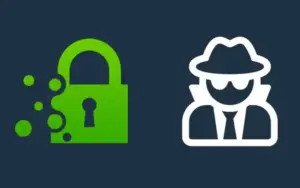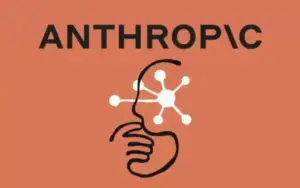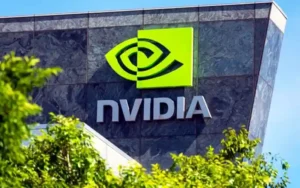Microsoft Outlines Quantum-Safe Security Strategy

- Microsoft unveils a phased plan to transition its products to quantum-safe cryptography by 2033, urging global collaboration to mitigate future risks.
Preparing for the Quantum Threat
Quantum computing holds promise for breakthroughs in fields such as medicine and materials science, but it also poses a significant challenge to current cybersecurity systems. Encryption methods that protect personal data and critical infrastructure today may become vulnerable once scalable quantum computers emerge. Although experts estimate this capability may not arrive until the 2030s, the urgency to transition to quantum-safe cryptography is immediate. Microsoft has responded by launching its Quantum Safe Program Strategy, aiming to begin early adoption by 2029 and complete the transition by 2033.
The company’s timeline places it ahead of most government targets, which typically aim for completion by 2035. This proactive approach reflects growing concern over tactics like “harvest now, decrypt later,” where malicious actors collect encrypted data today to exploit it once quantum decryption becomes feasible. Microsoft emphasizes that the transition will be complex and resource-intensive, requiring coordinated action across sectors. Failure to act promptly could leave sensitive information exposed to future threats.
Collaborative Efforts and Technical Milestones
Microsoft’s strategy is built on partnerships with global standards bodies and cybersecurity coalitions. The company contributes to initiatives such as the NIST Post-Quantum Cryptography Project, the Internet Engineering Task Force (IETF), and the Open Quantum Safe (OQS) project. These collaborations aim to develop and standardize quantum-safe algorithms for protocols like TLS and X.509. Early versions of post-quantum cryptography (PQC) capabilities have already been released to select Windows and Linux users for testing.
The transition plan includes integrating PQC into core infrastructure components such as Microsoft Entra authentication and Azure services. Microsoft has conducted an enterprise-wide inventory to assess cryptographic risks and prioritize upgrades. This foundational work supports a phased rollout across platforms including Microsoft 365, AI services, and networking tools. Crypto-agility—enabling systems to switch algorithms easily—is also a key part of the strategy.
Policy Recommendations and Global Coordination
Microsoft stresses that private industry alone cannot manage the quantum-safe transition. Governments must treat quantum safety as a national cybersecurity priority and embed it into strategic frameworks. The company recommends aligning policies across jurisdictions, supporting international standards, and setting early transition timelines. For example, the U.S. CNSS Policy 15 requires quantum-safe algorithms in national security systems by January 2027.
Transparent transition plans, including published roadmaps and milestones, are essential to foster knowledge sharing. Public awareness and workforce development are also critical, with investments needed to train professionals in quantum-safe technologies. Microsoft calls on the G7 to expand its financial sector cryptography workstream to support broader alignment. By leading through example, governments can accelerate readiness and reduce fragmentation in global cybersecurity efforts.
Quantum-Safe VPN and Underwater Datacenter
|








